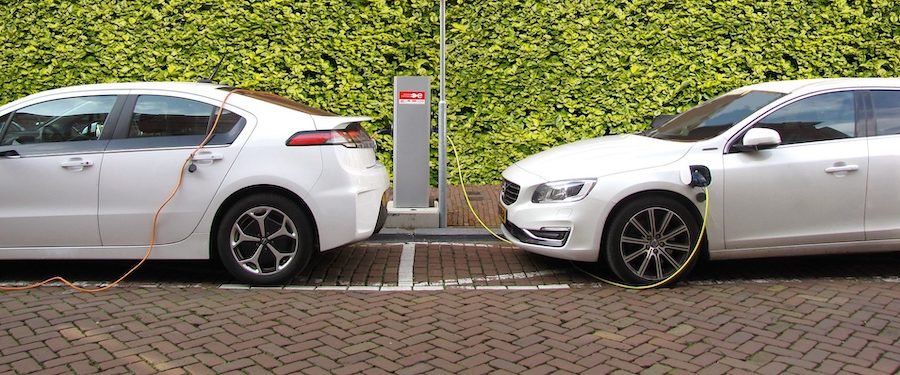Automakers are preparing for an even more difficult time selling electric vehicles (EVs) in Canada.
Canada is pulling back on electric vehicle subsidies just as it aims to phase out gas-powered cars, creating what General Motors Canada’s President Kristian Aquilina calls a misalignment between support and expectations.
With less financial incentive for consumers and increasingly stringent sales targets, automakers face growing challenges in Canada’s push for an all-electric future.
Shrinking government incentives for EV buyers
Currently, consumers in Canada can take advantage of significant savings when buying electric vehicles, with rebates totaling up to C$12,000 (about $8,500). These subsidies include a federal rebate of up to C$5,000, while Quebec and British Columbia offer additional incentives of up to C$7,000 and C$4,000, respectively.
These rebates have driven EV adoption in Canada, particularly in provinces with higher incentives, such as Quebec and British Columbia, which have seen substantially higher market shares for EVs than Ontario, where rebates were canceled in 2018.
But this support is fading. Quebec recently announced that its subsidy would be phased out entirely by 2027. In British Columbia, rebates were limited to a narrower group of EV buyers this June, as government officials pointed to “available funding” concerns and higher-than-expected EV sales growth. These rollbacks reflect a broader trend, with provincial governments reassessing the financial viability of taxpayer-funded EV incentives amid growing budget deficits.
Canada’s aggressive targets for EV sales
Canada’s subsidy reduction comes as the government sets ambitious targets to reduce emissions by replacing gas-powered cars with EVs. By 2035, all new light-duty vehicles sold in Canada must be fully electric or plug-in hybrids.
To reach this goal, interim milestones require 20% of new sales to be EVs by 2026 and 60% by 2030. This escalating timeline has intensified pressure on automakers, who must now navigate both declining incentives and mounting expectations.
Regulations that bite
These regulations bring additional accountability measures as well. Provinces like British Columbia have introduced potential financial penalties for automakers that fail to meet provincial sales targets. Canada’s federal compliance credit system allows automakers to earn credits for EV sales and infrastructure investments, but deficits are incurred if targets are missed, adding another layer of financial pressure for carmakers.
“Just as mandates and regulations start to bite, the timing is not necessarily lining up very well, in that the purchase incentive support comes off,” GM Canada President Kristian Aquilina told Bloomberg. “It will have to have an impact. So we cannot ignore that.” Despite the reduction in incentives, Aquilina said that government investment in improving the current charging infrastructure can also help EV sales.
GM faces roadblocks as EV sales grow
GM has already made significant strides in the Canadian EV market. Starting 2024 with EVs accounting for around 3% of its sales in Canada, GM reported that this figure had climbed to 12.5% by the third quarter, largely thanks to demand for its Equinox electric SUV.
However, the company still faces a long road to profitability in the EV sector. Even with rising sales, GM still loses money on its EV offerings. Still, GM CEO Mary Barra said that the company is focused on turning a profit on its electric vehicles “as quickly as possible.”
Final Thoughts
Canada’s dual approach of reducing EV subsidies while maintaining high sales targets places automakers like GM in a difficult position.
Without the substantial incentives that have driven much of Canada’s EV market growth, GM and its peers must rely on things like better infrastructure and customer education to keep growing their EV sales. For GM, that challenge is amplified by its lack of profitability right now around its EV offerings.
The Canadian market will be a proving ground for whether automakers can drive EV adoption in the absence of government subsidies. As the industry pushes toward an electrified future, manufacturers will likely need to innovate not only in EV technology but also in financing options and infrastructure solutions to make EVs a practical, affordable choice.
Nouvelles connexes



